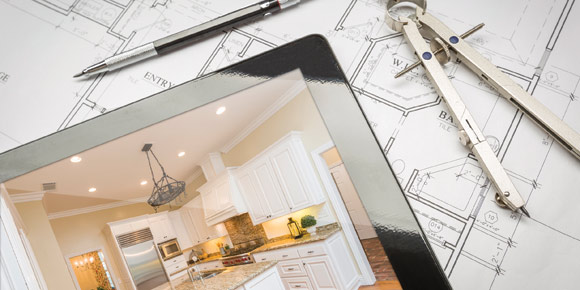by Arrol Gellner
No doubt exasperated by people asking how he came up with his brilliant designs, Frank Lloyd Wright once famously explained, “Why, I just shake the buildings out of my sleeve.”
It was mostly Wright’s puckish sense of humour talking when he claimed to conjure up brilliant concepts out of thin air. Yet today, there’s still a widespread perception that architects design by invoking some kind of arcane creative voodoo, and that ideas just flow onto the paper fully formed.
The fact is, there’s a lot more hard work than magic involved in designing a building. This is a great advantage to non-architects, though you might not realize it. It means that if you’re methodical and willing to perform the often-tedious procedure architects follow in the design process, you, too, could shake a decent design out of your sleeve.
Suppose, for example, that you want to build an addition onto your house. Long before you ever put pencil to paper or mouse to mouse pad, here’s what you need to do:
Develop wish list
Come up with what architects refer to as the “program” — basically, a wish list for your project. As a minimum, it should describe what kind of rooms and spaces you want to add, roughly how many square feet each will require, and which rooms will have to adjoin each other.
The program can also include more abstract requirements, from general atmosphere (sunny, restful, dramatic or whatever) or any other characteristics you have in mind.
In general, the more complete your program, the smoother your design process will be.
Obtain survey
Obtain a survey from a licensed civil engineer or surveyor showing where your home sits on your property, as well as major artificial and natural features such as outbuildings, utilities, rock outcroppings, sloping land, large trees, drainage swales, and so on. It should also show any rights-of-way, reserves or easements that could prevent you from building on the land.
Add up square footage
Add up the total square footage of the addition as dictated by your program and, if it seems that there’s enough room on your property to accommodate it, proceed to the next step (if not, downsize your plans accordingly).
Armed with your survey, set up an appointment with a planner at your local building department and describe your proposed addition. Begin by requesting the property setbacks — the minimum distance you must keep structures from the front, side and rear property lines. Next, ask for the maximum allowable building height in your neighbourhood.
As obvious as these steps may seem, they’re commonly overlooked by do-it-yourself designers, who typically rush directly into drawing plans only to find out that they don’t comply with one or more of these restrictions.
Far from being an antagonist, a good planner will be a great help early on, pointing out such potential booby traps, and perhaps even suggesting alternatives that’ll help you circumvent them.
What you’ll take away from this meeting are the following crucial bits of information: How many square feet you can build, where and how high you can build them, and whether you need to notify your neighbours in order to do so.
— Inman News.



